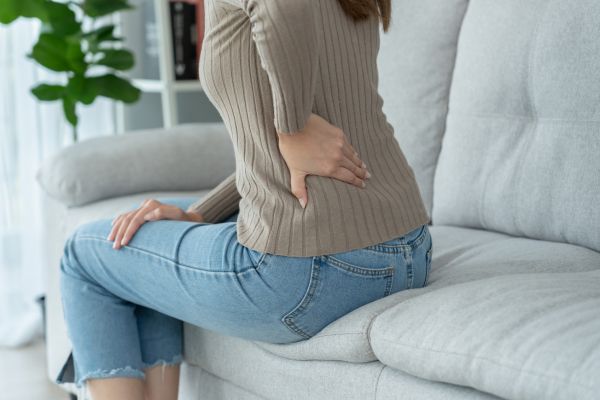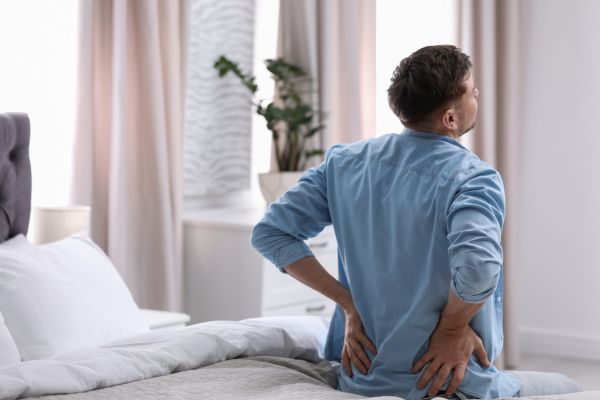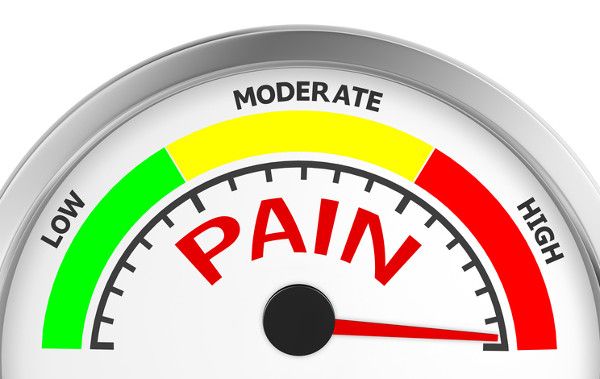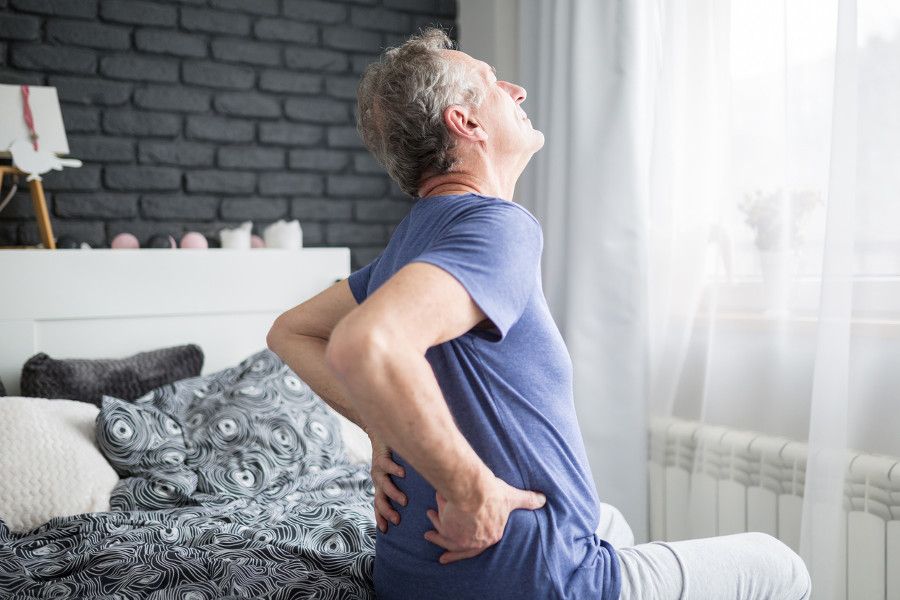If you’re suffering from back pain, you may find yourself looking into chiropractic care. Is chiropractic effective for long-term pain relief? Can a chiropractor help eliminate your low back pain? For years, we’ve been recommending noninvasive, low-risk chiropractic for low back pain and have been met with criticism from the modern medical community.
But that all ends now!
New studies and editorials have been released that prove chiropractic care’s effectiveness in treating and managing back pain. As someone suffering from this common, sometimes debilitating pain, you’ll be happy to know that evidence supports your quest for chiropractic care. Learn more about these studies below.
The American Medical Association Finally Says Chiropractic for Low Back Pain Is Effective!
Knowing something is true, believing in it and having hard evidence are very different things. For over 100 years, chiropractors have practiced the art and science of chiropractic care to treat low back pain and other conditions. We know what we do is safe, effective and superior to many other forms of healthcare.
Now, though, we finally have some long-overdue validation. After years of suppressing the chiropractic profession, the American Medical Association has published a study concluding that chiropractic effectively treats low back pain.
On September 25, 1987, Judge Getzendanner issued her opinion that the AMA had violated Section 1 of the Sherman Act and that it had engaged in an unlawful conspiracy in restraint of trade “to contain and eliminate the chiropractic profession.” (Wilk v. American Medical Ass’n, 671 F. Supp. 1465, N.D. Ill. 1987).
That means the American Medical Association tried eliminating the chiropractic profession and failed big time!
The American Medical Association has one agenda and only one—to promote medicine and medical doctors. It would be much too weak a statement to say the American Medical Association does not like chiropractic. It is much deeper than that: they tried eliminating an entire profession.
Then, on April 11, 2017, something extraordinary happened.

Article and Editorial on Spinal Manipulation Published in JAMA
It was published in the Journal of the American Medical Association (JAMA), the “prestigious” journal published by the American Medical Association. Medical Doctors across the country could not believe their eyes!
The Journal of the American Medical Association published an article recommending spinal manipulation for acute low back pain! Since chiropractic physicians perform 94% of all spinal manipulation in the United States, this is as close as you will get for the Journal of the American Medical Association to recommend chiropractic care. As a matter of fact, it IS a recommendation of chiropractic care, whether the authors come out and say it or not.
The Study Looking into Chiropractic for Low Back Pain
This systematic review and meta-analysis provided good evidence that SMT (chiropractic) has a statistically significant association with improvements in pain.
Editorial Support
Interestingly, an editorial by Richard A. Deyo, M.D., M.P.H., titled “The Role of Spinal Manipulation in the Treatment of Low Back Pain,” was published in the April 11 issue of JAMA. “If manipulation is at least as effective and as safe as conventional care, it may be an appropriate choice for some patients with uncomplicated acute low back pain,” wrote Dr. Deyo. “This is an area in which a well-informed patient’s decisions should count as much as a practitioner’s preference.”
Supporting Statistics
This study received a lot of press. Even Consumer Reports jumped in with an article titled “Spinal Manipulation Can Ease Your Aching Back.”
Now you know, but you may not know a few key statistics:
- Low back pain has a 60% recurrence rate in one year.
- Low back pain has a 94% recurrence rate in 4 years.
- The United States spends an estimated $80-100 Billion annually on low back pain and associated costs. To put that in perspective, we spend about $684 million per year on breast cancer!
Chiropractors Treat Low Back Pain and See Results
During our treatment programs, we watch our patients improve their ability to sit, drive, stand, walk, bend and turn. That translates into an improved quality of life.
When chronic pain is treated, people can sleep through the night, get up in the morning without trouble, drive and sit for prolonged periods of time, work a full day, and improve their relationships.
Less Activity Isn’t the Answer
Pain affects your work life, social life, married life, relationships, exercise tolerance and more. When you’re in pain, you try to do activities that DO NOT increase the pain. For a lot of us, that means a more sedentary lifestyle. If we move and exercise less, that can set off a downward spiral that will affect every aspect of our physical and mental well-being.
Less activity and exercise lead to weaker muscles and decreased core strength. It leads to decreased endurance and deteriorating balance. Less activity is not good for your heart, circulation, lungs, brain, bones or blood sugar control.
The Dangers of Deconditioning
Let’s say a patient hurts their back. For example, maybe they have sciatica, disc herniation, spinal stenosis, back and leg pain, arthritis or numerous other conditions. They seek out medical care, are mismanaged by their medical team, and end up with chronic pain. We know one in seven cases of acute low back pain turns chronic. The patient can’t exercise anymore, and they walk less. What happens?
They become “deconditioned,” meaning they get really out of shape. For example:
- Muscles get weaker
- Balance deteriorates
- Body fat increases
- Blood pressure rises
- Blood sugar rises (putting them at risk of diabetes)
- Fall risk increases
- Bones weaken (putting them at risk of a fracture)
- Depression sets in
All from a back injury they thought would “go away.”

This is why we take back and neck pain so seriously. Pain can ruin your life.
For decades, positive studies have been conducted on the safety, effectiveness and cost-effectiveness of chiropractic for low back pain. However, the medical community has largely ignored these studies. Why?
That’s a good question. The bottom line is that we physicians want to do our best for our patients. If that means referring to another provider, then that’s what we do, as all doctors should do.
American College of Physicians Issues Guidelines for Lower Back Pain Treatment
The American College of Physicians (ACP) published a new lower back pain treatment guideline. It recommends first using non-invasive, non-drug treatments, including spinal manipulation, before resorting to drug therapies. The guideline was published on Feb. 14, 2017, in the Annals of Internal Medicine.
On May 1, 2017, the New York Times published an editorial by Aaron E. Carroll, M.D., that mentions the new guideline in a generally positive light. The article is generally positive and appeared in a major, mainstream publication read by millions of people.
“Spinal manipulation—along with other less traditional therapies like heat, meditation and acupuncture—seems to be as effective as many other more medical therapies we prescribe, and as safe, if not safer,” he wrote.
Talking points on new ACP guidelines:
- The chiropractic profession has advocated for decades that conservative care choices such as chiropractic be the first line of treatment for lower back pain. With this new guideline, the medical profession is recognizing the benefits of conservative care for this vast, worldwide problem.
- Thanks to this guideline, more everyday medical doctors may refer their patients with lower back pain to chiropractors.
Reap the Benefits of Chiropractic for Low Back Pain Today
Consider safe, effective, cost-effective chiropractic for low back pain. At Algonquin Chiropractic Center, we’ve successfully treated low back pain in Algonquin, IL and the surrounding Chicagoland area for years. We utilize various holistic methods, including the Cox technique, peripheral neuropathy, orthotics, chiropractic adjustments, physical therapy, Interferential Current, spinal bracing, Super Pulsed Laser Therapy, Whole Body Standing Vibration, diet, nutrition and more.



